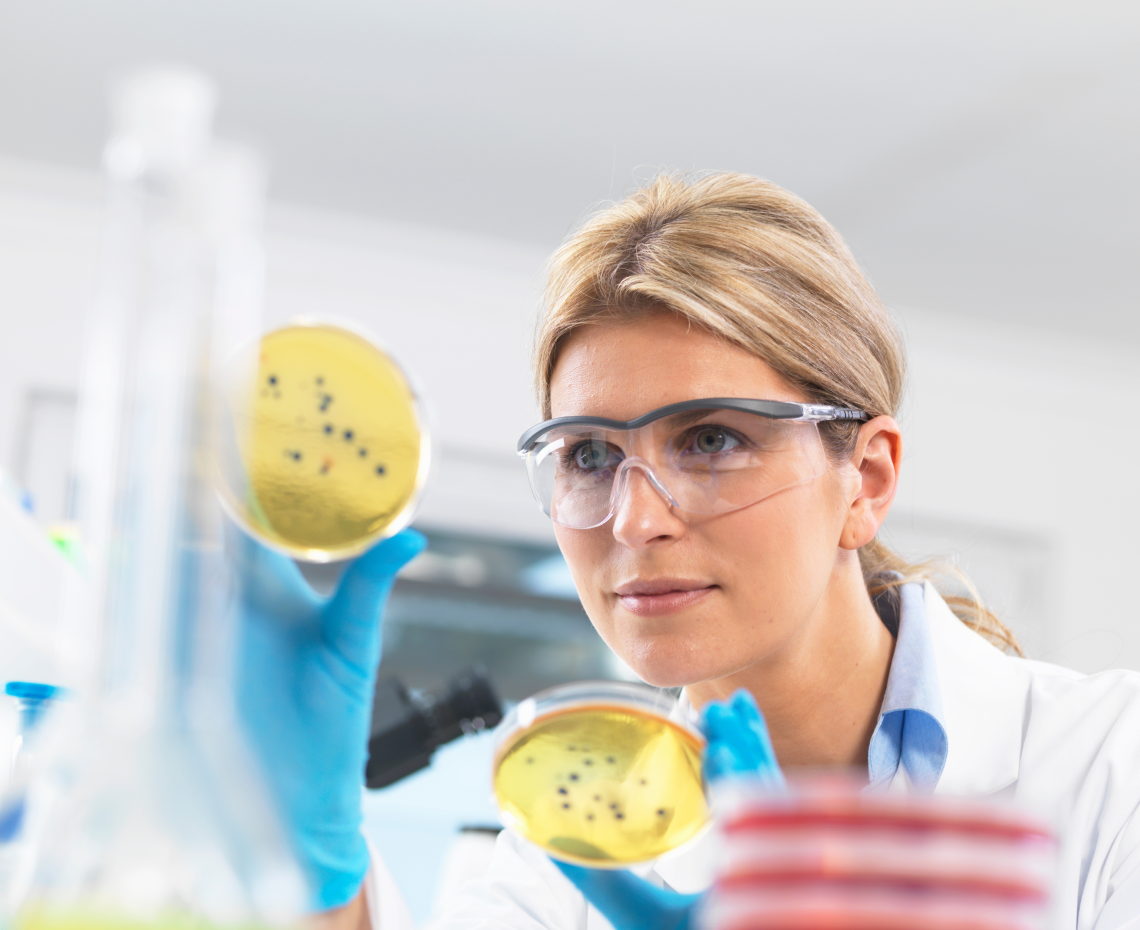The Importance of Method Suitability / Preparatory Testing

Method Suitability, also referred to as "Preparatory Testing," is the process by which the laboratory determines what modifications (if any) need to be made to a standard USP method to produce accurate results. This blog post will explore when method suitability testing is necessary, why it is required, and how the laboratory performs it.
When is Method Suitability / Preparatory Testing Needed?
A laboratory performs method suitability testing when a sample preparation, or neutralization of antimicrobial activity, has yet to be validated for the particular product type. These product types can include:
- Cosmetics
- Skincare products
- Dietary supplements
- Novel food products
- & Products with a probiotic as an active ingredient
Why is Method Suitability / Preparatory Testing Needed?
Method suitability testing is needed to ensure that the laboratory achieves accurate results from the testing process. If a product has antimicrobial properties, this can interfere with recovering accurate microbial counts when using standard preparation methods.
In the laboratory, we assess microbial counts by promoting the growth of bacteria, yeast, or mold in a product so that we can enumerate or determine presence/absence. However, the antimicrobial properties of a product can inhibit this growth. In this case, the laboratory cannot recover accurate microbial counts.
If the laboratory cannot recover accurate counts utilizing the standard preparatory and testing methods, it must modify those methods. One such example of a modification is increasing the volume of the diluent or adding a neutralizing media. These modifications neutralize the antimicrobial properties to a point at which it no longer interferes with microbial growth. Thus, the laboratory can accurately detect the presence/absence of target organisms or calculate the product's microbial load.
What is Method Suitability Testing, and How is it Performed?
As we said earlier, method suitability testing determines what modifications need to be made to a method to produce accurate results. Modifications can include:
- An increase in the initial dilution of the product
- The use of membrane filtration
- The addition of a neutralization media
- Any combination of these
During method suitability testing, the laboratory will inoculate the product with target organisms and compare the recovery level to the control inoculum. The lab will set up multiple test preparations in parallel, with various modifications, to determine the sample preparation needed. The appropriate sample preparation is the one in which the lab can recover a similar level of organisms to the control inoculation.
This process is essentially trial and error. However, two things assist with the guesswork of the initial trial methods. First, USP has a list of recommended neutralization methods for a limited number of interfering substances. These neutralization methods are a great place to start if the product contains one of these substances. However, many ingredients/substances that interfere with the testing methods are not listed here. In such cases, the scientist designing the method suitability study will rely on their previous experience with similar products or ingredients to guide the initial trial neutralization methods. Sometimes a suitable method will be achieved in the first round of trials. Other times more trials are required.
At AEMTEK, analytical integrity and data accuracy are of the utmost importance. That is why each method suitability study is designed by a skilled Ph.D. scientist with a background in antimicrobials. This gives our clients the highest confidence in the accuracy and reliability of their testing results.


.png)